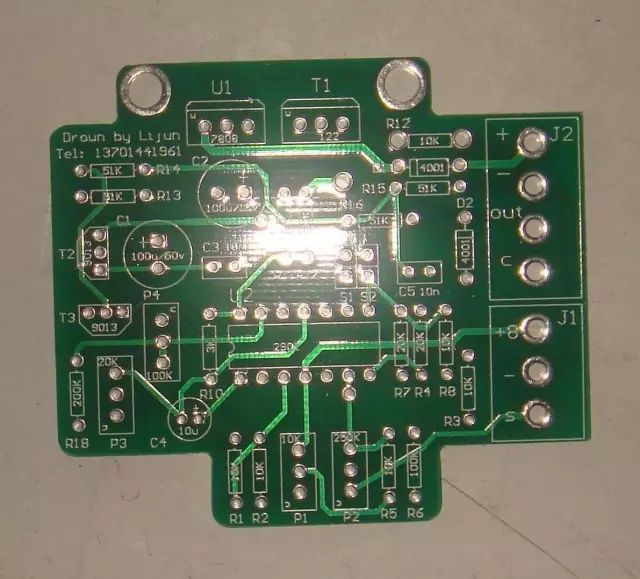Discover valuable power technology insights, stay updated on industry trends, and explore the latest power products. Join thousands of power supply professionals sharing their experiences. Follow us on WeChat by searching for "Power-union" and grow with China's power industry together!
Despite the growing integration of semiconductors and the increasing availability of ready-to-use system-on-chip solutions and powerful development boards, many applications still require custom PCBs. Even in one-time projects, a well-designed PCB can significantly impact performance and reliability.
A PCB serves as the physical foundation for your electronic design and is one of the most flexible components in any circuit. This article outlines several essential design principles that have remained relevant for over 25 years. These rules apply to all PCB design projects, whether you're an experienced engineer or just starting out. They are also highly beneficial for manufacturers looking to streamline production processes.

The following sections present ten key design rules that every electronics engineer should keep in mind during layout and manufacturing. While you don't need to follow them in order, applying all of them can greatly enhance your product's performance and manufacturability.
Rule 1: Choose the right grid – Always use a grid that matches the component sizes you’re working with. While multi-grid options may seem useful, they can cause issues with polygon fills and copper placement. A single, consistent grid ensures better accuracy and efficiency during the design process.
Rule 2: Keep traces short and direct – This rule is simple but crucial. Especially for analog and high-speed digital circuits, minimizing trace length reduces impedance and parasitic effects, improving signal integrity and overall performance.
Rule 3: Use power planes for power and ground distribution – Power planes offer a faster and more efficient way to route power. They reduce resistance and voltage drop, ensuring stable power delivery and reliable ground return paths. If possible, place multiple power lines close together and ensure the ground plane covers most of the board’s layers.
Rule 4: Group related components and include test points – For example, placing bypass capacitors near op-amps helps optimize wiring and makes testing and troubleshooting easier. Proper grouping improves both functionality and maintainability.
Rule 5: Panelize your design – By repeating your PCB layout on a larger panel, you can reduce manufacturing costs. Work with your manufacturer to determine the best panel size and adjust your design accordingly.
Rule 6: Standardize component values – Using common component values simplifies the bill of materials and reduces inventory costs. It also makes it easier to manage stock and streamline procurement.
Rule 7: Run Design Rule Checks (DRC) – Even a quick DRC check can save time in complex designs. It helps catch errors early and ensures your layout adheres to manufacturing standards.
Rule 8: Use screen printing effectively – Labeling components, test points, and directions on the board can help service engineers and technicians during assembly and testing. Printing on both sides of the board can improve clarity and reduce rework.
Rule 9: Don’t skip decoupling capacitors – Avoid relying solely on component datasheets. Decoupling capacitors are inexpensive and critical for stabilizing power supplies. Use standard values to keep things organized and cost-effective.
Rule 10: Verify manufacturing parameters before submission – While manufacturers can review your files, it’s best to generate and check Gerber files yourself. This helps avoid costly mistakes and ensures your design meets the required specifications.
As circuit design becomes more collaborative and reference designs become more common, these fundamental rules will continue to be essential. By mastering them, engineers can improve product quality, reduce costs, and build confidence in their designs. Whether you're new to PCB design or an experienced professional, keeping these guidelines in mind will accelerate your learning and help you create better, more reliable boards.
Timer,Electronic Timer, Waterproof Timer, Countdown Timer
NINGBO COWELL ELECTRONICS & TECHNOLOGY CO., LTD , https://www.cowellsocket.com